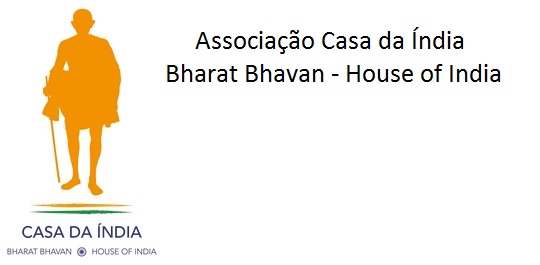The very first House of India founded in 1503, was an official organisation with the purpose of administering the overseas territories of Portugal.
Because of overseas exploration and the resulting discovery of territories in the 16th century, there was a need to set up an administrative body to regulate all the aspects of foreign trade, shipping, landing and goods with the aim of ensuring a monopoly of imports from the Portuguese Empire.
It was the most important economic institution of Portugal until its decline and dissolution which took place by a Decree from Portuguese Court in 1833.
Ancient House of India
The ancient facilities of the House of India was located next to the royal residence, at Paço da Ribeira, near the actual place of Praça do Comércio (Commerce Square) in Lisbon. This ancient facilities was destroyed by the earthquake of 1755.
Precursor Administrative Houses
In 1434 Casa-de-Ceuta was founded in Lisbon, with the purpose of administering the commercial activities of the Portuguese Crown, resulting from the exploration of the African coast.
The first attempt of Casa-da-Ceuta didn’t work due to the deviation of the commercial routes by the Muslim merchants to other places.
Subsequently, within the scope of Companhia do Lagos, two houses namely, Casa de Arguim and Casa de Guiné, were established in Algarve to manage trade with West Africa.
After the death of Infante D. Henrique, both houses were transferred to Lisbon and integrated into the Casa de Guiné and Mina.
Discovery of the sea route to India
The sea route to India was discovered by Vasco da Gama with the overseas exploration promoted by Infante D. Henrique in the late fifteenth century.
After the successful expedition and the exploration of possible commercial entity, the stablishment of trading posts where all activities were centralized was called House of Guinea, Mine and India, later known simply as Casa-da-Índia (House of India).
This institution became the most important economic enterprise of the Kingdom.
Beginning in 1504, all activities that came from trade with Africa and Asia were brought together in House of India, which served as centre for goods, factory, customs, documentation, archiving and accounting offices, all under the supervision of the Vedor of Fazenda, the Royal Treasurer.
Commercial Monopoly
The organization of the fleets with their military escorts allowed Casa-da-Índia (with valid licenses and certificates) to control the traffic through commercial routes beyond the sea. The House of India used to take the decisions regarding the prices of the purchase and sale of the goods that circulated in the Portuguese monopoly, keeping the business profitable and its importance from 1506 until 1570.
Oriental spices such as pepper, ginger, nutmeg, cloves and cinnamon, as well as other goods such as silk, shellac and precious stones, and precious mineral such as gold, silver and copper, together with the chorale exported by the Portuguese Crown with large gains always accompanied by the free trade of other products such as arms, paper and textiles, as well as slaves. Thus, the House sustained the subsequent Portuguese explorations in the United States and its other commercial activities, contributing to 65% of the Total Revenue of the Kingdom, at the time of greatest splendour.
Attenuation and Extinction
The decline of the House of India was largely due to the costs of Portugal presence in Africa and Asia, accompanied by the lack of administrative and infrastructure policies that allowed the development of this activity. Thus, the faculties of the administering entity began to fall until it reached its total abandon in 1642, soon of the Restoration of Independence, when House of India was conserved only as customs.
Finally, with the Liberal Reforms and with the emergence of the new State structures in Portugal, House of India was dissolved by Decree in 1833, assigning its functions to the Lisbon Customs.
Reference: Kindly translated from History of Portugal, The Online Guide of the History of Portugal


